
The Historic Charm of Cap-Haïtien
Discover Cap-Haïtien: A historic gem in northern Haiti, known for its colonial architecture, stunning beaches, and the iconic Citadelle Laferrière.
Cap-Haïtien, often referred to as the Paris of the Antilles, is a city rich in history and culture. Located on the northern coast of Haiti, it is famed for its well-preserved colonial architecture and vibrant local traditions. As you stroll through its streets, you will be transported back in time, with every corner revealing a piece of the city's storied past. The city's historic significance is highlighted by its proximity to the Citadelle Laferrière, a UNESCO World Heritage Site and one of the largest fortresses in the Americas. Built in the early 19th century, this monumental structure offers breathtaking views of the surrounding landscape and provides a glimpse into Haiti's fight for independence. In addition to its historical attractions, Cap-Haïtien boasts beautiful beaches and a lively market scene. The city's coastline is dotted with pristine beaches where you can relax and enjoy the Caribbean sun. Meanwhile, the local markets offer a chance to experience the vibrant culture of Haiti, with a variety of crafts, foods, and local produce on display. Cap-Haïtien is also known for its warm and welcoming people. The locals are always ready to share their stories and traditions with visitors, making your experience in the city even more enriching. Whether you're exploring historical sites, lounging on the beach, or engaging with the local community, Cap-Haïtien promises a unique and memorable travel experience.
Local tips in Cap-Haïtien
- Visit the Citadelle Laferrière early in the morning to avoid the heat and crowds.
- Try the local cuisine, especially the seafood, at the city's many street markets and local restaurants.
- Hire a local guide for a more in-depth understanding of the city's history and culture.
- Stay hydrated and wear sunscreen, especially when exploring outdoor attractions.
- Learn a few basic Creole phrases to better connect with the locals.
The Historic Charm of Cap-Haïtien
Cap-Haïtien, often referred to as the Paris of the Antilles, is a city rich in history and culture. Located on the northern coast of Haiti, it is famed for its well-preserved colonial architecture and vibrant local traditions. As you stroll through its streets, you will be transported back in time, with every corner revealing a piece of the city's storied past. The city's historic significance is highlighted by its proximity to the Citadelle Laferrière, a UNESCO World Heritage Site and one of the largest fortresses in the Americas. Built in the early 19th century, this monumental structure offers breathtaking views of the surrounding landscape and provides a glimpse into Haiti's fight for independence. In addition to its historical attractions, Cap-Haïtien boasts beautiful beaches and a lively market scene. The city's coastline is dotted with pristine beaches where you can relax and enjoy the Caribbean sun. Meanwhile, the local markets offer a chance to experience the vibrant culture of Haiti, with a variety of crafts, foods, and local produce on display. Cap-Haïtien is also known for its warm and welcoming people. The locals are always ready to share their stories and traditions with visitors, making your experience in the city even more enriching. Whether you're exploring historical sites, lounging on the beach, or engaging with the local community, Cap-Haïtien promises a unique and memorable travel experience.
When is the best time to go to Cap-Haïtien?
Iconic landmarks you can’t miss
Laferriere Citadel
Explore the Laferriere Citadel, a UNESCO World Heritage site showcasing Haiti's rich history and stunning mountain views.
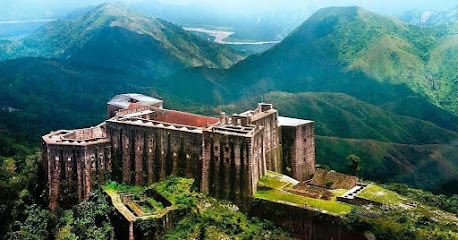
Notre-Dame of Cap-Haitian Cathedral
Explore the architectural wonder of Notre-Dame of Cap-Haitien Cathedral, a spiritual and cultural landmark in Haiti's historic Cap-Haitien.
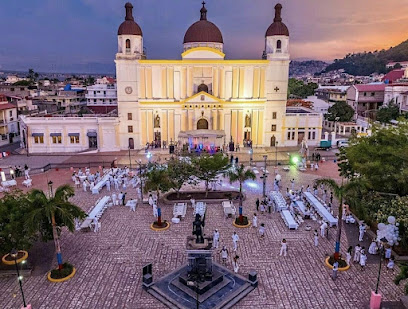
Sans Souci Palace
Explore the majestic Sans Souci Palace, a UNESCO World Heritage site revealing Haiti's rich history and breathtaking architecture amidst lush landscapes.
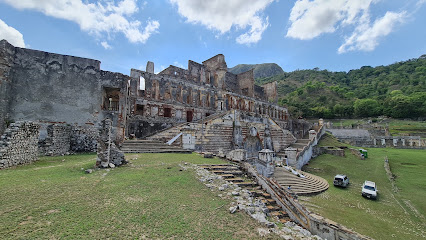
Heroes Monument of Vertières
Explore the Heroes Monument of Vertières, a historic memorial park in Cap-Haitien honoring Haiti's struggle for independence.
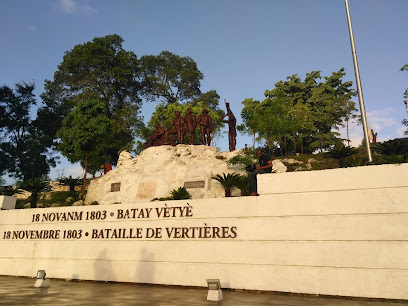
Mont Joli Hotel
Discover the charm of Cap-Haitien at Mont Joli Hotel, where comfort meets local culture in a stunning setting.

Auberge du Picolet
Experience the charm of Cap-Haïtien at Auberge du Picolet, where warm hospitality meets stunning views and cultural exploration.

Royal Caribbean Labadee Beach
Discover the enchanting beauty of Royal Caribbean Labadee Beach, a tropical haven perfect for relaxation and adventure in the Caribbean.
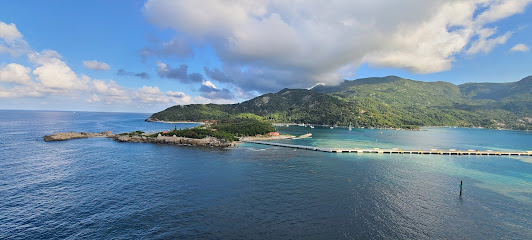
Habitation des Lauriers
Experience comfort and local charm at Habitation des Lauriers, your ideal retreat in the heart of Cap-Haitien, Haiti.

Cathedral Square
Discover the cultural heart of Cap-Haïtien at Cathedral Square, a lively city park surrounded by history and local charm.
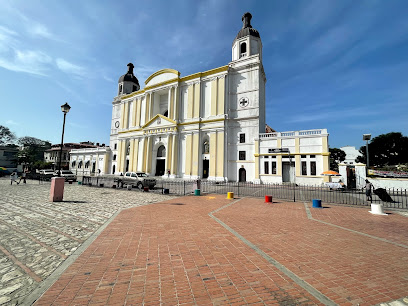
Safe Trips Haiti
Experience the authentic beauty and culture of Haiti with Safe Trips Haiti, your trusted tour operator in Cap-Haitien.
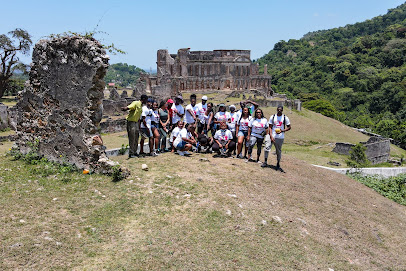
Historic Haiti - OGDNH Tourism Info
Explore the heart of Cap-Haïtien at Historic Haiti, your gateway to the island's rich culture and historical treasures.
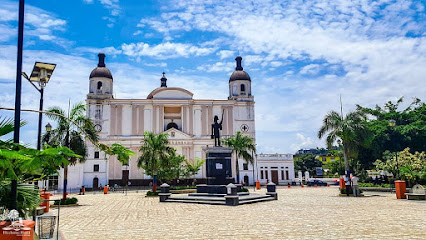
Habitation Jouissant
Discover the charm of Cap-Haïtien at Habitation Jouissant, where comfort meets local culture in a picturesque setting.

Venstore
Explore Venstore in Cap-Haitien, where local commerce meets vibrant culture, offering unique shopping experiences and a taste of Haiti's rich heritage.
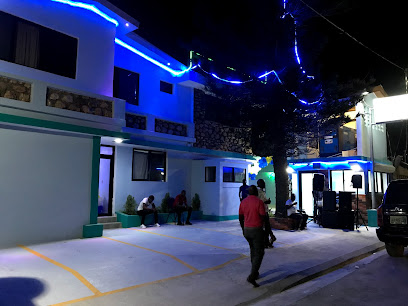
Cadras Beach
Discover the serene beauty of Cadras Beach in Labadie, Haiti, where golden sands and turquoise waters await your arrival.
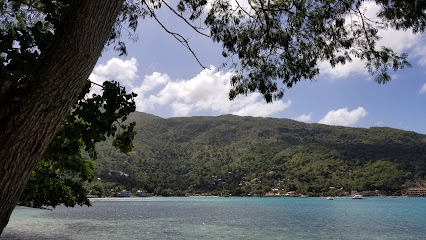
Fort Belly
Explore Fort Belly in Labadie, a historic fortress offering stunning views and a glimpse into the region's rich past, perfect for history and nature lovers.
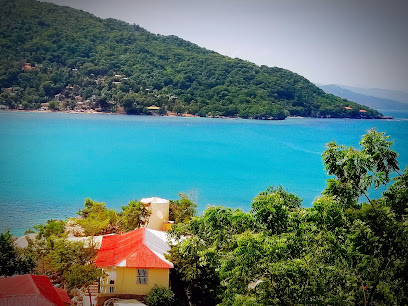
Unmissable attractions to see
Labadee Haïti
Explore Labadee, Haiti: A captivating blend of stunning beaches, exciting activities, and vibrant local culture awaits in this tropical paradise.
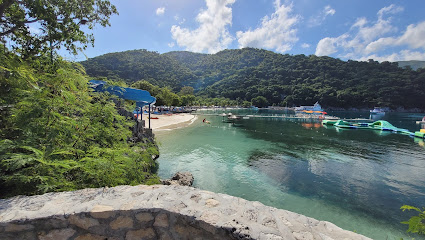
Laferriere Citadel
Discover the historic Laferriere Citadel, a majestic fortress in Vaseux, Haiti, showcasing stunning architecture and breathtaking views of the island's landscape.
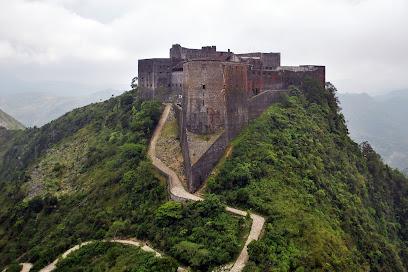
Notre-Dame of Cap-Haitian Cathedral
Discover the beauty and history of Notre-Dame of Cap-Haitien Cathedral, a stunning architectural gem in the heart of Cap-Haitien, Haiti.
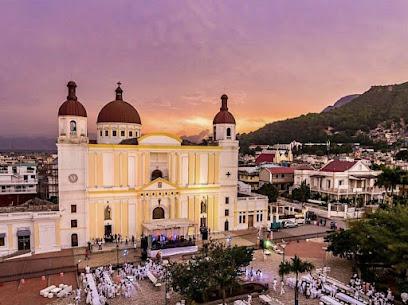
Cathedral Square
Discover the vibrant Cathedral Square in Cap-Haïtien, a cultural hub blending history, community, and lush landscapes for an unforgettable experience.
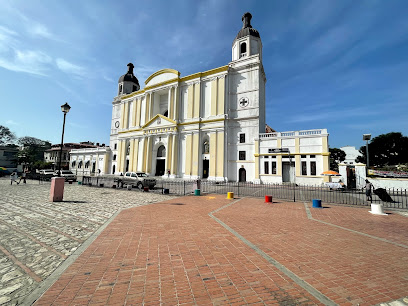
Fort Liberté
Explore Fort Liberté, a historic fortress in Haiti offering breathtaking views, rich history, and vibrant local culture.
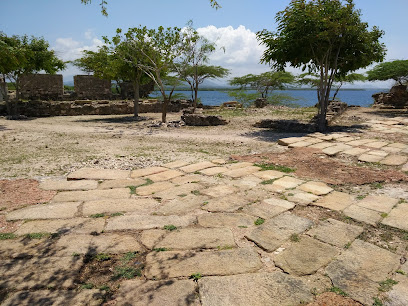
Cap haitien
Explore the historic charm of Cap-Haitien, Haiti's cultural heart, with stunning architecture, rich heritage, and breathtaking natural beauty.
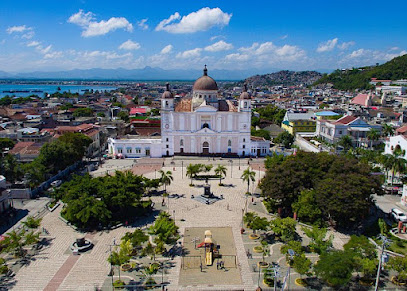
Adrenaline Beach
Discover the thrill of Adrenaline Beach in Labadie, where adventure meets relaxation in a stunning Caribbean paradise.
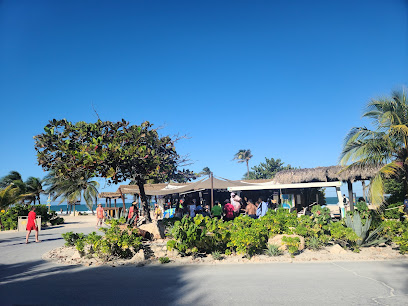
Lakay Fun World
Explore the thrill of Lakay Fun World in Cap-Haitien, Haiti's go-to amusement park for family fun and excitement.
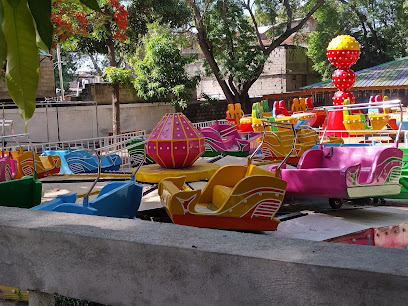
Roche a l'Inde
Experience the serene beauty of Roche a l'Inde in Camp Coq, Haiti – a hidden gem for nature lovers and adventure seekers.

Dragon's Breath
Experience tranquility and natural beauty at Dragon's Breath Park in Labadie, a perfect getaway for nature lovers and families.

Cap Haitien
Discover the rich history, stunning architecture, and beautiful beaches of Cap Haitien, a vibrant gem in the heart of Haiti.

Essential places to dine
Lakay Bar Restaurant
Experience authentic Haitian cuisine at Lakay Bar Restaurant in Cap-Haitien, where flavor meets vibrant Caribbean culture.
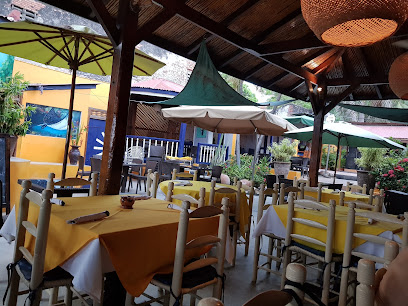
Boukanye
Experience authentic Haitian cuisine at Boukanye in Cap-Haitien, where every dish tells a story and every bite is a delight.

CAP DELI
Experience authentic Haitian cuisine at Cap Deli in Cap-Haitien, where flavor meets hospitality in a vibrant atmosphere.
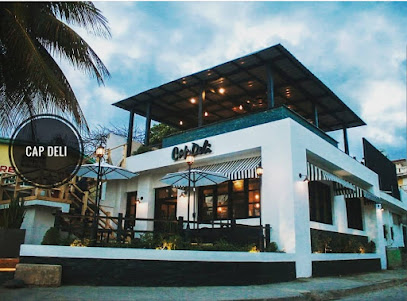
Barik Restaurant
Experience authentic Haitian cuisine at Barik Restaurant in Cap-Haitien—where every dish tells a story.
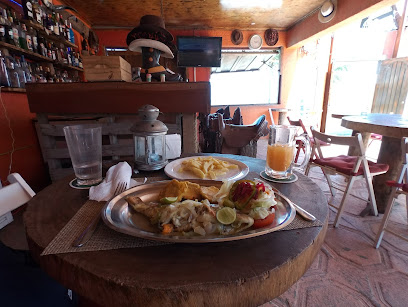
Gwòg Bar Restaurant
Savor the essence of Haiti at Gwòg Bar Restaurant - where every dish tells a story.
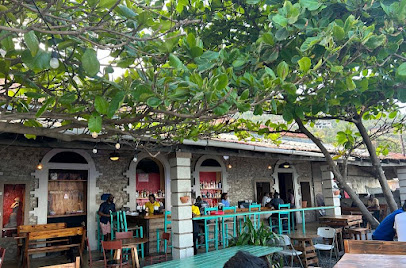
Déco Bar Restaurant
Experience authentic Haitian cuisine at Déco Bar Restaurant in Cap-Haïtien - where flavor meets culture in a vibrant setting.
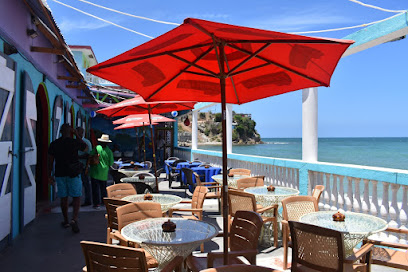
Kokiyaj Bar & Grill & Food Market
Discover authentic Haitian flavors at Kokiyaj Bar & Grill & Food Market in Cap-Haitien—an unmissable culinary experience for every traveler.
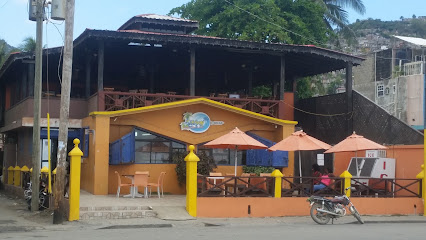
A&J Bar And Grill
Experience authentic Haitian flavors at A&J Bar And Grill in Cap-Haitien – where every meal tells a story.
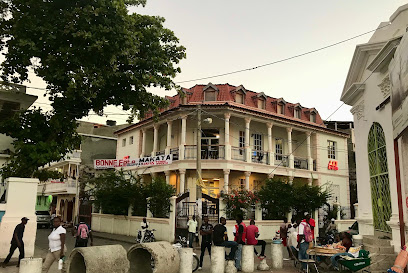
Les jardin de l'Ocean
Savor fresh seafood and local flavors at Les Jardin de l'Ocean in Cap-Haitien – where culinary excellence meets breathtaking ocean views.
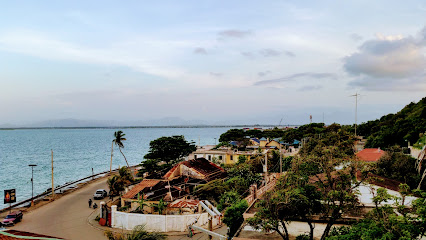
Cap Deli
Experience the vibrant flavors at Cap Deli in Cap-Haitien – where local cuisine meets international flair in a welcoming atmosphere.

Grill La
Experience authentic Haitian cuisine at Grill La in Cap-Haitien—where every meal is a celebration of flavor and culture.
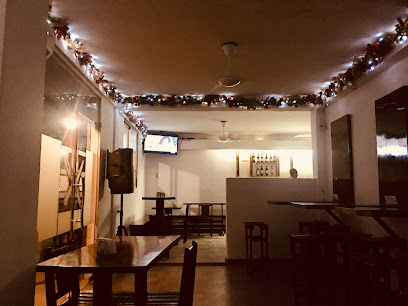
Caraïbes Bar Restaurant
Discover authentic Caribbean cuisine at Caraïbes Bar Restaurant in Cap-Haïtien - where vibrant flavors meet warm hospitality.
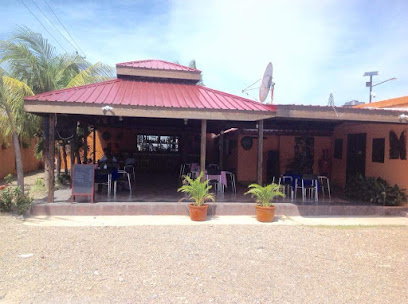
GROS BéBé restaurant
Experience authentic Haitian flavors at GROS BéBé Restaurant in Cap-Haïtien – where tradition meets taste.
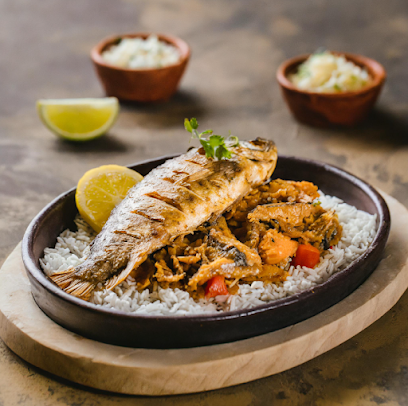
Mon âme Bar Restaurant SA
Experience authentic Haitian cuisine at Mon âme Bar Restaurant SA in Cap-Haïtien – where every dish tells a story.
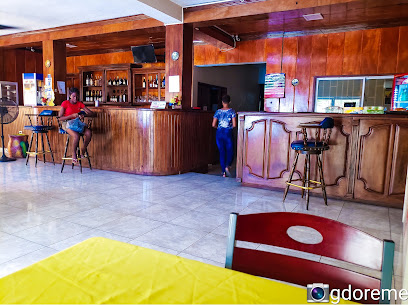
All System BARBECUE
Discover the authentic taste of Haitian barbecue at All System BARBECUE in Cap-Haitien – where flavor meets tradition.
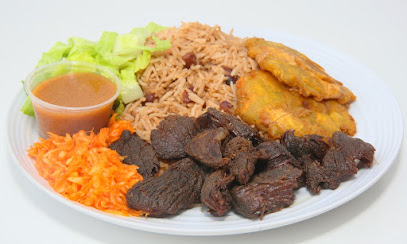
Markets, malls and hidden boutiques
Boutique Delor
Discover Boutique Delor, a vibrant shopping mall in Cap-Haitien, offering unique Haitian crafts, fashion, and souvenirs that showcase local culture.

Manne Net Boutique
Explore the vibrant Manne Net Boutique in Cap-Haïtien for unique handmade goods and authentic Haitian fashion, enriching your travel experience.
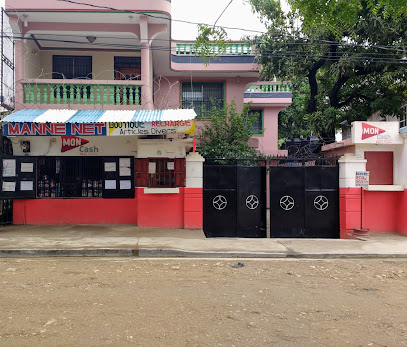
Le Cap Quincaillerie
Explore Le Cap Quincaillerie, a vibrant hardware store in Cap-Haitien, offering a wide range of tools and local expertise for every DIY project.
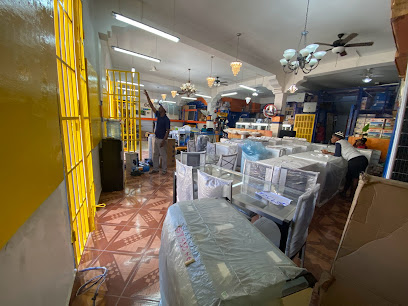
Mieux qu'Autres Store
Discover Mieux qu'Autres Store, the ultimate destination for men's clothing and shoes in Cap-Haitien, blending style with local craftsmanship.
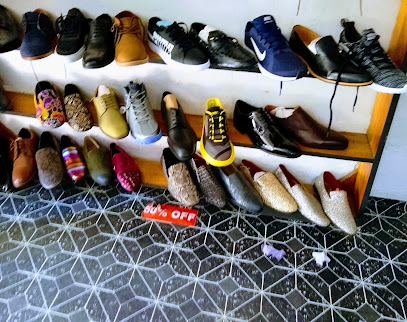
Angelina Store
Explore vibrant clothing and essential appliances at Angelina Store, a treasure trove of Haitian culture in Cap-Haïtien.

JordM
Explore JordM in Cap-Haitien for a stylish shopping experience that celebrates local culture and vibrant fashion trends.
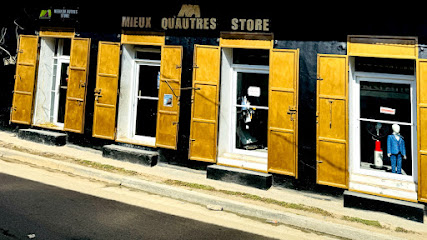
F & J Boutique et Épicerie
Experience the authentic tastes of Haiti at F & J Boutique et Épicerie, where local delicacies and unique souvenirs await every traveler.
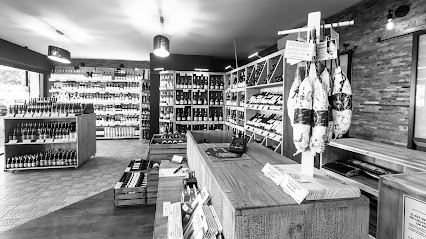
Awaken Store
Discover Awaken Store in Cap-Haitien: where fashion meets flavors in a vibrant shopping and dining experience.
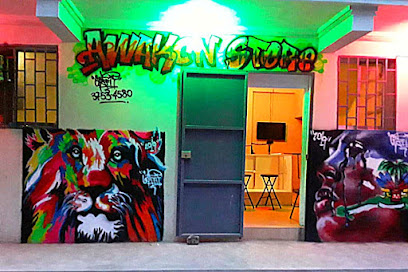
VaGa Collection Store
Explore the stylish offerings of VaGa Collection Store in Cap-Haïtien, where local fashion meets unique craftsmanship for the perfect souvenir.

Ranquitte
Experience the vibrant culture of Haiti at Ranquitte, a charming clothing store in Cap-Haitien offering unique local fashion and handmade crafts.
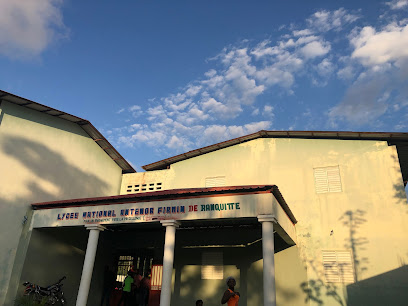
Best-Hack-Deal
Explore the Best-Hack-Deal Shopping Mall in Cap-Haitien for an unforgettable blend of shopping, local crafts, and delectable Haitian cuisine.

BEL Store Haiti
Explore the vibrant shopping scene at BEL Store Haiti in Cap-Haitien, where local culture meets modern retail convenience.

Sicca store
Explore the vibrant fashion scene at Sicca Store in Cap-Haïtien, where local culture meets modern style.

Samaco
Discover unique home goods and vibrant Haitian artistry at Samaco in Cap-Haïtien, where every item tells a story.

Simy Dépôt
Experience the vibrant local culture and authentic flavors at Simy Dépôt, Cap-Haïtien's premier grocery store for tourists.

Essential bars & hidden hideouts
LeBarResto&Grill
Experience the flavors of Haiti at LeBarResto&Grill, a cozy bar and grill in Cap-Haïtien, perfect for enjoying local cuisine and refreshing drinks.
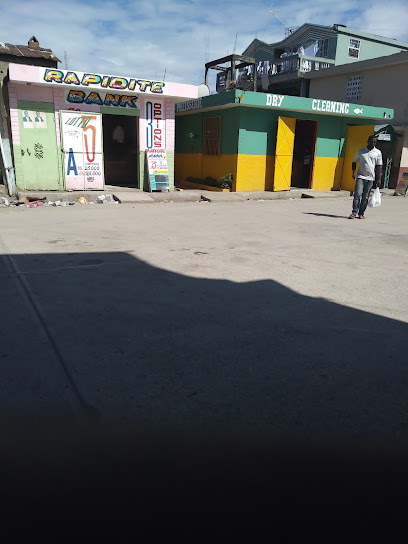
Tipsy’s bar & grill
Discover the essence of Haitian hospitality at Tipsy’s Bar & Grill, where vibrant flavors and lively entertainment await you in Cap-Haitien.
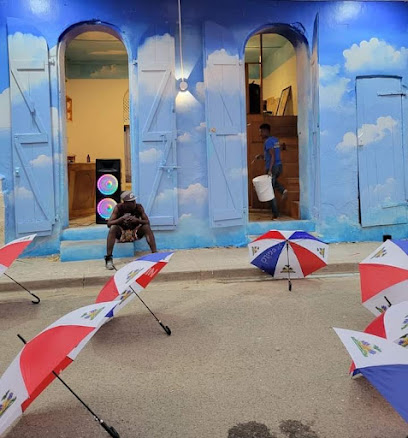
Bar/ Resto
Experience the lively culture of Cap-Haitien at this vibrant Bar/Resto, where delicious local flavors meet affordable prices.
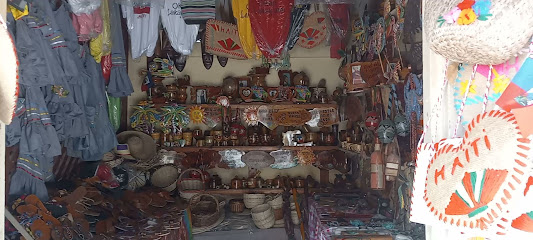
Au du Cap
Experience the vibrant nightlife at Au du Cap, a bar in Cap-Haitien serving authentic local drinks in a lively atmosphere.
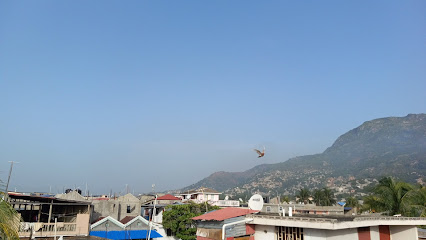
3 Frères
Discover the lively nightlife and local flavors at 3 Frères, Cap-Haitien's premier bar for unwinding and socializing.
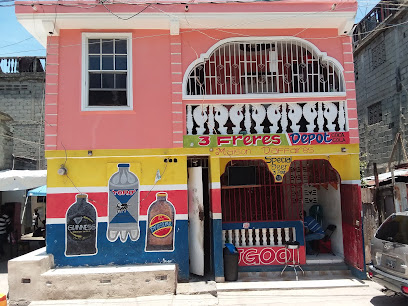
The STATE HOTEL BAR
Experience the vibrant atmosphere and refreshing cocktails at The State Hotel Bar in Cap-Haitien, a must-visit for tourists seeking relaxation.
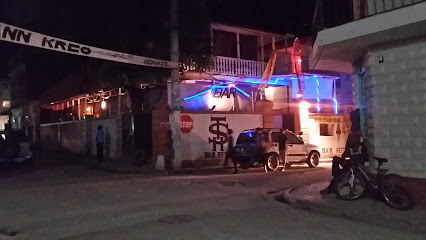
Porte Royale
Experience the vibrant atmosphere of Porte Royale in Cap-Haïtien, where local flavors and lively conversations create the perfect bar experience.
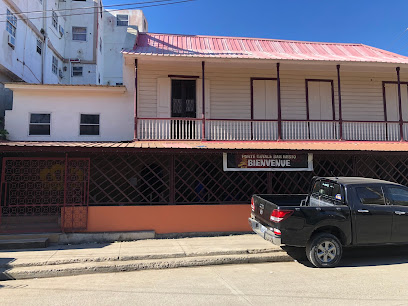
Sublime Bar Restaurant
Experience the vibrant flavors of Cap-Haitien at Sublime Bar Restaurant, where local cuisine meets a lively atmosphere for an unforgettable dining experience.
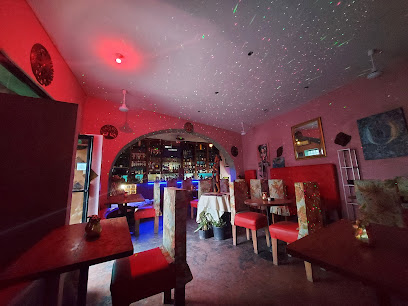
The Corner Bar
Discover The Corner Bar in Cap-Haitien for a delicious taste of grilled delights and local culture in a lively atmosphere.

4LAS - Bar/Restaurant
Discover the vibrant spirit of Cap-Haitien at 4LAS - Bar/Restaurant, where delightful cuisine and lively atmosphere create unforgettable memories.
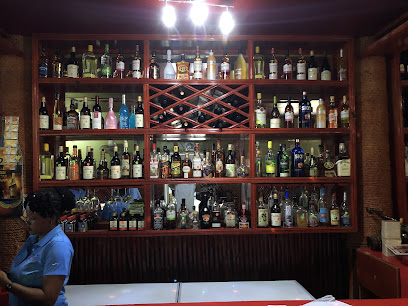
Les Délices de Maria
Discover the vibrant atmosphere and local flavors at Les Délices de Maria, Cap-Haïtien's charming bar for tourists and locals alike.
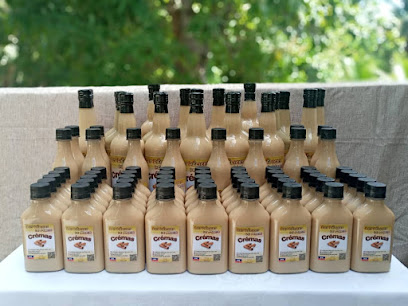
Alizé Bar Resto
Experience the vibrant nightlife and local flavors of Cap-Haïtien at Alizé Bar Resto, where great drinks and good company await.
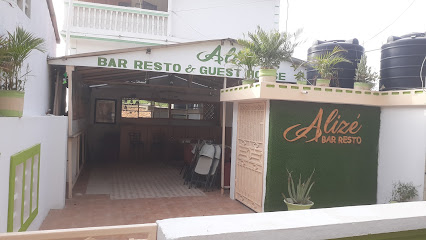
YOKA Lounge Bar
Discover the lively atmosphere and exquisite flavors at YOKA Lounge Bar, a must-visit destination in Cap-Haitien for both locals and tourists.

Ti Enfant Bar
Experience the vibrant culture and flavors of Haiti at Ti Enfant Bar, a must-visit spot in Cap-Haitien for drinks and local vibes.

BB Bar and Grill (Gran Lakou)
Experience the vibrant flavors of Cap-Haitien at BB Bar and Grill, where delightful cuisine meets a lively atmosphere.
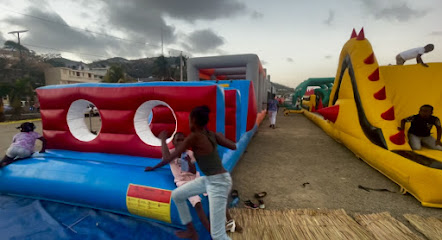
Local Phrases
-
- HelloBonjou
[bon-zho] - GoodbyeOrevwa
[o-rev-wa] - YesWi
[wee] - NoNon
[non] - Please/You're welcomeTanpri
[tahn-pree] - Thank youMèsi
[meh-see] - Excuse me/SorryEskize mwen
[es-kee-zay mwen] - How are you?Kijan ou ye?
[kee-jahn oo yay] - Fine. And you?Byen. E ou?
[byen. ay oo] - Do you speak English?Eske ou pale angle?
[es-kay oo pah-lay ahn-glay] - I don't understandMwen pa konprann
[mwen pah kohn-prahn]
- HelloBonjou
-
- I'd like to see the menu, pleaseMwen ta renmen we meni an, tanpri
[mwen tah rahn-men weh meh-nee ahn, tahn-pree] - I don't eat meatMwen pa manje vyann
[mwen pah mahn-jay vee-ahn] - Cheers!Sante!
[sahn-tay] - I would like to pay, pleaseMwen ta renmen peye, tanpri
[mwen tah rahn-men pay-yay, tahn-pree]
- I'd like to see the menu, pleaseMwen ta renmen we meni an, tanpri
-
- Help!òd
[ohd] - Go away!ale!
[ah-lay] - Call the Police!Rele lapolis!
[ray-lay la-poh-lees] - Call a doctor!Rele yon doktè!
[ray-lay yohn dohk-tay] - I'm lostMwen pedi
[mwen pay-dee] - I'm illMwen malad
[mwen mah-lad]
- Help!òd
-
- I'd like to buy...Mwen ta renmen achte...
[mwen tah rahn-men ach-tay] - I'm just lookingMwen jis gade
[mwen zhee gah-day] - How much is it?Konbyen li ye?
[kohn-byen lee yay] - That's too expensiveSa tro chè
[sah troh chay] - Can you lower the price?Eske ou ka diminye pri a?
[es-kay oo kah dee-meen-yay pree ah]
- I'd like to buy...Mwen ta renmen achte...
-
- What time is it?Kisa lè li ye?
[kee-sah lay lee yay] - It's one o'clockLi gen yon lè
[lee zhahn yohn lay] - Half past (10)Demi (10)
[deh-mee (diz)] - MorningMaten
[mah-ten] - AfternoonApremidi
[ah-pray-mee-dee] - EveningAswe
[ah-sway] - YesterdayYe
[yay] - TodayJodi a
[zho-dee ah] - TomorrowDemen
[day-men] - 1Yon
[yohn] - 2De
[day] - 3Twaz
[twahz] - 4Kat
[kaht] - 5Senk
[sank] - 6Sis
[sees] - 7Sèt
[set] - 8Wit
[weet] - 9Nèf
[nef] - 10Dis
[dee]
- What time is it?Kisa lè li ye?
-
- Where's a/the...?Kote yon/la...?
[koh-tay yohn/lah] - What's the address?Ki adres la?
[kee ah-dres lah] - Can you show me (on the map)?Eske ou ka montre mwen (sou kat la)?
[es-kay oo kah mohn-tray mwen (soo kaht lah)] - When's the next (bus)?Ki lè pwochen (bis la)?
[kee lay pwosh-en (bees lah)] - A ticket (to ....)Yon tikè (pou ....)
[yohn tee-kay (poo)]
- Where's a/the...?Kote yon/la...?
History of Cap-Haïtien
-
Cap-Haïtien, originally known as Cap-Français, was founded in 1670 by French settlers. The city quickly became the capital of the French colony of Saint-Domingue and was a hub for the lucrative sugar and coffee industries. Its well-planned streets and elegant architecture earned it the nickname 'The Paris of the Antilles.'
-
Cap-Haïtien played a pivotal role in the Haitian Revolution, which began in 1791. The city was a focal point for the uprising of enslaved Africans against French colonial rule. Leaders like Toussaint Louverture and Jean-Jacques Dessalines orchestrated significant military campaigns from Cap-Haïtien. The revolution ultimately led to Haiti's independence in 1804, making it the first Black republic and the first country in the Western Hemisphere to abolish slavery.
-
One of the most significant battles in the Haitian Revolution was the Battle of Vertières, fought on November 18, 1803, just outside Cap-Haïtien. This decisive battle saw the Haitian revolutionary forces, led by Jean-Jacques Dessalines, defeat the French colonial army. The victory at Vertières directly led to the declaration of Haiti's independence on January 1, 1804.
-
After the revolution, Cap-Haïtien became the capital of the northern kingdom ruled by Henri Christophe. Christophe, who declared himself King Henri I, constructed the Citadelle Laferrière, a massive fortress on a mountain near the city. Built between 1805 and 1820, the Citadelle was designed to defend against possible French invasions. Today, it is a UNESCO World Heritage site and a symbol of Haitian resistance and ingenuity.
-
Throughout the 19th and early 20th centuries, Cap-Haïtien experienced periods of prosperity and decline. The city was a center of trade and culture, but it also faced challenges such as political instability and natural disasters, including earthquakes and hurricanes. Despite these hardships, Cap-Haïtien remained an important cultural and economic hub in Haiti.
-
Today, Cap-Haïtien is known for its rich cultural heritage. The city's architecture, including colonial-era buildings and churches, reflects its historical significance. Cap-Haïtien is also a center for Haitian art and music, with numerous galleries and festivals celebrating the country's vibrant culture. The nearby beaches, such as Labadee and Cormier Plage, attract tourists seeking both relaxation and a connection to Haiti's storied past.
Cap-Haïtien Essentials
-
Cap-Haïtien is accessible via the Hugo Chávez International Airport, located roughly 3 miles from the city center. The airport offers flights to and from several destinations, including domestic flights from Port-au-Prince, Haiti's capital. Alternatively, travelers can drive from Port-au-Prince to Cap-Haïtien, a journey that takes approximately 5-6 hours. Buses and shared taxis, known locally as 'tap-taps', also operate between major cities and Cap-Haïtien.
-
Within Cap-Haïtien, local transportation options include taxis, mototaxis (motorcycle taxis), and tap-taps. Taxis are relatively affordable and can be hired for short trips or the entire day. Mototaxis are a popular choice for quick, short-distance travel, especially in congested areas. Tap-taps are colorful shared minibuses that follow set routes and are the cheapest mode of transport. For a more personal experience, renting a car or motorcycle is also an option, but be aware that driving in Haiti can be challenging due to road conditions and traffic.
-
The official currency in Haiti is the Haitian Gourde (HTG). U.S. dollars are also widely accepted, especially in tourist areas. Credit cards are accepted at some hotels, restaurants, and larger shops, but it's wise to carry cash for smaller vendors and rural areas. ATMs are available in Cap-Haïtien, but it's recommended to withdraw sufficient cash in advance, as ATMs may occasionally be out of service.
-
While Cap-Haïtien is generally safe for tourists, it's essential to exercise caution. Areas with higher crime rates include certain neighborhoods like Cité Lescot and Shada. Avoid walking alone at night and keep your belongings secure. Stick to well-lit and populated areas, and consider hiring a local guide for a safer and more informed experience. Always stay vigilant and aware of your surroundings.
-
In case of emergency, dial 114 for police assistance, 118 for medical emergencies, or 115 for the fire department. It is highly recommended to have travel insurance that covers medical emergencies. Cap-Haïtien has several medical facilities, but for serious conditions, evacuation to Port-au-Prince or abroad may be necessary. Pharmacies are available for over-the-counter medications.
-
Fashion: Do dress modestly, especially when visiting religious sites. Avoid wearing overly revealing clothing. Religion: Do respect local customs and traditions. Always ask for permission before photographing religious ceremonies or sites. Public Transport: Do be patient and respectful. Don't eat or drink on public transport. Greetings: Do greet people with a friendly 'Bonjour' or 'Bonsoir.' A handshake is common. Eating & Drinking: Do try local dishes such as griot and banan peze. Don't refuse food or drink offered to you, as it may be considered impolite.
-
To experience Cap-Haïtien like a local, visit the bustling Iron Market (Marché de Fer) for fresh produce and artisanal goods. Engage with locals, who are generally friendly and eager to share their culture. Don't miss the historic landmarks such as the Citadelle Laferrière and Sans-Souci Palace. For a unique experience, take a stroll along the Boulevard du Cap-Haïtien to enjoy local street food and the scenic views of the coast.
Trending Landmark in Cap-Haïtien
-
Laferriere Citadel
-
Notre-Dame of Cap-Haitian Cathedral
-
Sans Souci Palace
-
Heroes Monument of Vertières
-
Mont Joli Hotel
-
Auberge du Picolet
-
Royal Caribbean Labadee Beach
-
Habitation des Lauriers
-
Cathedral Square
-
Safe Trips Haiti
-
Historic Haiti - OGDNH Tourism Info
-
Habitation Jouissant
-
Venstore
-
Cadras Beach
-
Fort Belly
Nearby Cities to Cap-Haïtien
-
Things To Do in Gonaïves
-
Things To Do in Hinche
-
Things To Do in Saint-Marc
-
Things To Do in Port-au-Prince
-
Things To Do in Petionville
-
Things To Do in Puerto Plata
-
Things To Do in Jacmel
-
Things To Do in Jarabacoa
-
Things To Do in Salt Cay
-
Things To Do in South Caicos
-
Things To Do in Cockburn Town
-
Things To Do in Grand Turk
-
Things To Do in Providenciales
-
Things To Do in Middle Caicos
-
Things To Do in Grace Bay








